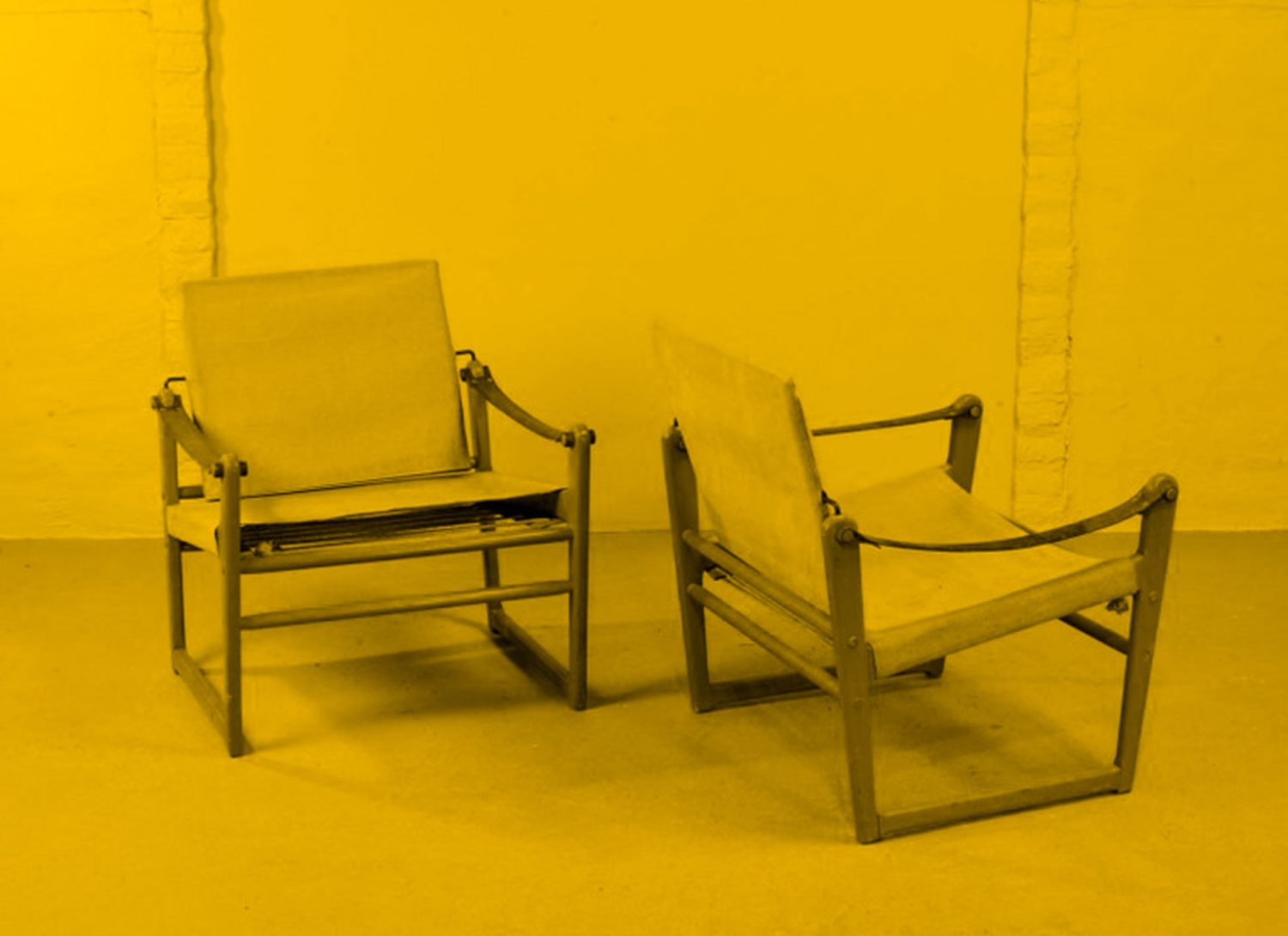INTERIOR
The Soul of IKEA #Ingvar Kamprad

Ingvar Kamprad never designed any piece of furniture, but he deeply influenced contemporary furniture design. Although he created IKEA as a catalogue sales company in 1943, they didn’t sell furniture until 1948 and they didn’t open a furniture showroom until 1958.
Our basic range must have its own profile. (…) It must reflect an easier, more natural and unconstrained way of life. (…) In Scandinavia, people should perceive our basic range as typically IKEA. Elsewhere, they should perceive it as typically Swedish.Ingvar Kamprad, The Testament of a Furniture Dealer, 1976
Since then, Kamprad’s company has made a strong contribution to the diffusion of contemporary design beyond the elite to whom it was aimed during the avant-garde period, by creating pieces that are economically affordable to the public at large. This is partly because of a design process that, besides functionality and beauty, deals with other aspects such as production economy or an easy assembling and transportation, which lays on the final consumer.
The characteristic design line of IKEA is significantly related to modern Scandinavian design, which was pioneer in its concern for daily-life needs and featured a willing for continuing tradition through industry and the use of natural materials such as wood. When IKEA was starting, Kamprad hired Swedish designers like Erik Worts, creator of the Triva series or the Safari chair, or Gillis Lundgren, responsible for the idea of selling unassembled, flat-packed furniture and creator of the Billy bookcase, probably IKEA’s best seller ever. Eventually, designers with a different origin have also integrated IKEA’s design line, as the Poäng armchair, by Japanese designer Noboru Nakamura, illustrates.




